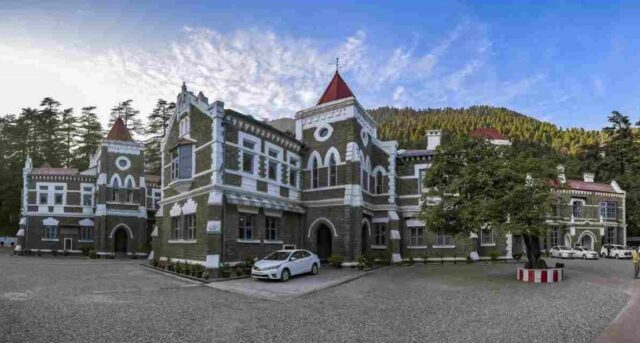RBI projects GDP at 10.5% in 2021-22; Keeps repo-rate unchanged at 4% and reverse repo-rate at 3.35 per cent

Reserve Bank of India (RBI) today said that the monetary policy review has decided to continue with an accommodative stance of monetary policy to maintain status quo on key policy rates. This will continue as long as necessary at least through the current financial year and into next year to revive growth and mitigate the impact of Covid 19. The repo rate is kept unchanged at 4 percent and the reverse repo rate at 3.35 percent.
While announcing the policy review the RBI governor Shaktikant Das said that the GDP growth is projected at 10.5 percent in the Financial Year 2021-22. He said projection of CPI inflation has been revised to 5.2 percent for the fourth quarter of the current financial year. He added that the year 2020 tested the capabilities and endurance, 2021 is setting the stage for a new economic era in the course of our history.
Shaktikanta Das said that the normalisation is pickup pace in India as fears of a second wave of the coronavirus abate. He pointed out that consumer confidence is reviving and business expectations of manufacturing, services and infrastructure remain upbeat. The movement of goods and people and domestic trading activities are growing at a robust pace.
Later in the day speaking to the media, RBI Governor Shaktikant Das said the government and the RBI have discussed the idea of a bad bank and will examine the formal proposal on the ARC once it is made. He was speaking in the press conference via video conferencing after the announcement of Sixth Bi-Monthly policy review today. He expressed his views about the Asset Reconstruction Company proposed by the Centre during the budget for 2021-22.
He said that the bank is making its own assessment of true state of NPAs in each bank and expressed confidence of managing the borrowing program in a non-disruptive manner.
Speaking about the retail participation in government securities he said that,as part of continuing efforts to increase retail participation in government securities and to improve ease of access, it has been decided to move beyond aggregator model and provide retail investors online access to the government securities market – both primary and secondary – along with the facility to open their gilt securities account with the RBI.
He added that direct retail participation in the bond market is a major structural reform and it is endeavour to make the G-sec market accessible.
Commenting about the current scenario he said the macroeconomic situation is constantly evolving and the market has its own way of interpreting things. He made it clear that he has not spelt out June as the date on which the accommodative guidance will end and he had only said the accommodative stance will continue into the next financial year.
RBI governor also assured that the retail direct plan will not harm the banks and said that with growth in GDP the Indian economy will continue to grow and the total volume of savings and deposits will expand with it. He said that the digital currency is a work in progress at the central bank and the government is looking to launch a state owned digital currency.
Deputy governor BP Kanungo also gave an explanation about the retail participation scheme. He said that it is necessary that the investor base is broadened due to government borrowing size and said that the bank will come out with details on retail participation in g-sec market very soon.






